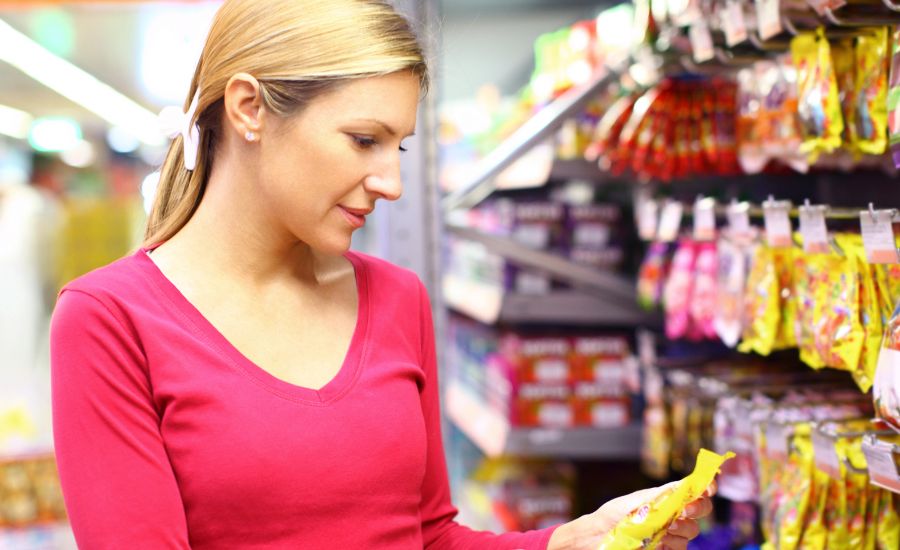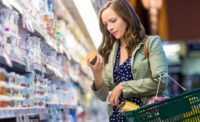It’s an interesting time in the CPG industry, to say the least. Though sales are climbing, the supply chain continues to struggle. And while consumer behaviors are shifting back toward normalcy, the landscape for CPG and retail in 2022 will still look different.
That’s according to IRI, a Chicago-based market research company. It recently identified “Seven strategies for CPG Growth in 2022.”
“Peering ahead, at IRI we believe that mobility will continue to increase and anticipate that inflation will cool a bit after peaking in the first half of the new year,” wrote IRI's Krishnakumar Davey. “Consumers will likely continue to go out more. At the same time, they’ll feel ongoing inflationary pressure as costs of many essentials go up and large CPG manufacturers continue rolling out price increases.”
Of course, there's still a lot of unpredictability for the year ahead.
"With the Omicron variant still a wildcard, supply chain issues still a challenge, and inflation potentially peaking by midyear, we remain in an unpredictable CPG environment," Davey wrote. "But these seven strategies, which are based on our integrated data, predictive analytics and industry expertise during other times of market and consumer uncertainty, remain sound investments for any version of the future we can envision. As such, they can provide a helpful roadmap for focus areas that will support ongoing growth for CPG in 2022."
Below, IRI details the seven strategies for growth for CPG companies.
7 Strategies for CPG growth:
1. Strategically drive price growth.
Despite a downward pressure on CPG volume spurred by increased consumer mobility and inflation, we expect between 1 percent and 5 percent growth for CPG in 2022 — and that will largely be driven by price increases.
Manufacturers and retailers can drive net price realization by using advanced analytics (elasticity), new technologies (machine learning and automation) and different datasets (shopper, consumer and point-of-sale). This allows for real-time management of price gaps, a granular understanding of consumer price sensitivity and focused use of promotions.
2. Evolve your portfolio and footprint.
Companies need to work to win both in and out of home. Flexible work schedules will keep at-home consumption above pre-pandemic norms, but increased consumer mobility will also boost restaurant sales and consumers will have a need for more on-the-go products.
3. Invest in e-commerce capabilities
It’s important to provide a better shopper experience. These include improving the variety in your digital versus in-store assortments, boosting online delivery speed and improving the overall customer experience. We expect these types of enhancements will drive continued e-commerce growth in market share across both food and beverage and the nonedible CPG categories.
We also expect to see high e-commerce, shelf-stable categories like coffee, tea and nuts migrate back more to shipment, and pickup and home delivery trends continuing their advance for heavier, larger and more crushable products.
4. Drive more impulse opportunities.
We saw shoppers return to making more trips to the store by mid-year 2021. As consumers spend more time in stores and become more price-aware on their staples, impulse purchases may become an increasingly important growth driver. Make the most of these opportunities using third-party delivery apps and in-store promotional offers tailored to meet shopper needs in real time.
5. Use assortment to drive growth.
As prices increase, some of the demand for premium products will remain. Manufacturers should look for balanced growth in their portfolios across price tiers, including mainstream, value and private brands, and offer a diverse price/pack architecture to meet these diverging consumer needs.
6. Focus on custom, targeted marketing investments in digital channels.
Lower-cost, high-value investments in digital grocery, direct-to-consumer sales, third-party delivery options and retail media networks can pay off with the help of strategic audience segmentation and personalized offers.
7. Leverage insights and analytics to more quickly identify and act on opportunities.
This will help you meet the behaviors driving 2022 demand with the right products and services. For example, there has been a shift to suburban living, more people returning to in-person work and school and an increase in self-care habits, and we still see a trend toward premium indulgences with an emphasis on strong and novel flavors. Consumers are continuing to look for ways to break up the monotony that brought on by the pandemic, and innovation (across products, certainly, but even in delivery/pickup and experiences) can help deliver that excitement.




